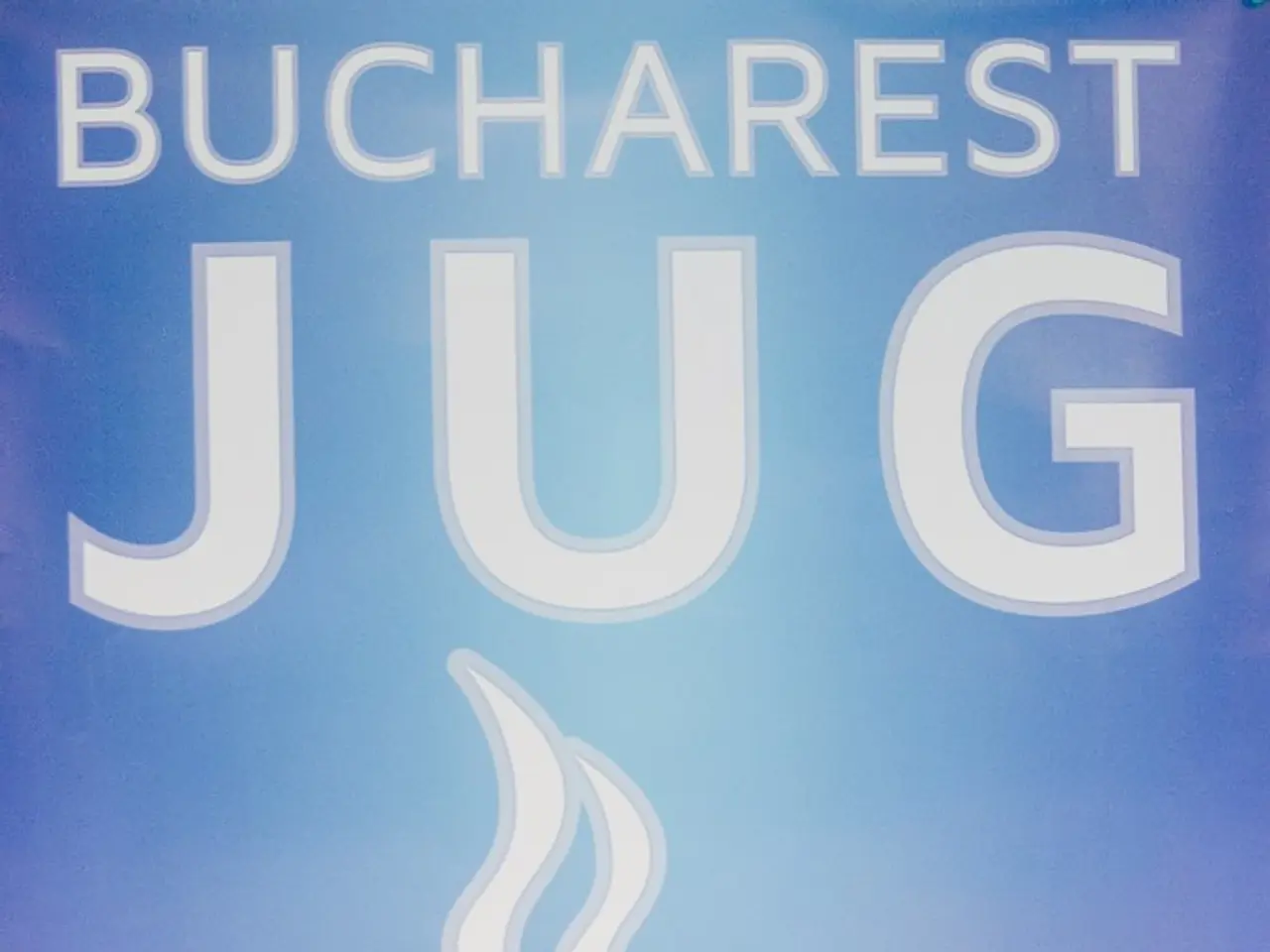Europe Access Point: Exploring Prospects in Exclusive Investment Spheres
In the ever-evolving world of finance, navigating European capital markets can be a complex task. This guide offers strategies for accessing Europe's vast pool of professional and institutional investors.
Choosing the Right Jurisdiction
Europe's largest fund domicile, Luxembourg, offers flexible structures such as the Reserved Alternative Investment Fund (RAIF) and Special Limited Partnership (SLP). Known for its strong regulatory environment and investor appeal, Luxembourg is a popular choice. Ireland is another major hub, recognised for its tax-efficient structures and easy access to the EU market, including being the leading domicile for ETFs in Europe. Offshore jurisdictions like Jersey and Guernsey provide efficient regulatory frameworks and strong investor networks, often used for non-EU investors.
Selecting the Fund Structure
Popular EU fund structures include RAIFs and SLPs in Luxembourg, Irish Collective Asset-management Vehicles (ICAVs), Unit Trusts, and Common Contractual Funds. The choice of structure often aligns with your investor base and tax planning, balancing regulatory compliance with operational flexibility.
Marketing and Regulatory Compliance
The Alternative Investment Fund Managers Directive (AIFMD) marketing passport allows funds domiciled in the EU to market freely across all 30 EEA countries. This passport requires setting up your fund with an EU-authorized AIFM and suitable service providers such as depositaries and administrators. This approach is advantageous for scalability and EU institutional investor appeal but involves higher compliance costs and operational complexity.
Non-EU funds can use the National Private Placement Regime (NPPR), but its geographical reach is limited and stricter reporting and de-registration rules apply. Many US-based managers opt to create parallel EU-domiciled funds under AIFMD using third-party AIFMs to ease regulatory burdens while delegating portfolio management to their home-base teams.
Authorization Requirements
In jurisdictions like Luxembourg, fund vehicles or AIFMs require prior authorization from regulators like CSSF, unless activities fall below regulatory thresholds qualifying for simple registration. This process includes meeting transparency, risk management, and operational standards.
Summary
| Aspect | Luxembourg | Ireland | Jersey/Guernsey | Marketing Approach | |---------------------|--------------------------------------------|--------------------------------------------|-----------------------------------------|------------------------------------------| | Fund Structures | RAIF, SLP | ICAV, Unit Trust, Common Contractual Fund | Limited Partnerships, Unit Trusts | AIFMD Passport (EU-wide) or NPPR (limited) | | Regulatory Oversight | CSSF (strong) | Central Bank of Ireland | Jersey/Guernsey regulators (offshore) | AIFMD for broad EEA marketing; NPPR for restricted countries | | Tax Efficiency | Favorable with treaties and regimes | Well-established tax structures | Attractive for non-EU investors | Compliance with marketing rules crucial | | Suitability | Institutional, professional investors | Institutional, professional, retail (limited) | Mostly institutional, private investors | Use third-party AIFMs to simplify compliance |
Practical Steps
- Assess which European markets and types of investors you intend to target.
- Choose a fund domicile factoring in tax, legal environment, and investor comfort.
- Pick the fund structure aligned with your strategy and investor requirements.
- Decide on marketing routes: rely on AIFMD marketing passport if broad EEA access is needed, or NPPR where applicable for limited reach.
- Set up necessary service providers (AIFM, depositary, administrator).
- Apply for local authorization or registration as required.
- Implement ongoing compliance and reporting under AIFMD or local rules.
This approach balances regulatory compliance with investor access and operational feasibility for successful establishment and marketing of an alternative investment fund across Europe. The guide also discusses strategies for navigating fund marketing regulations in Europe, providing insights on reasons to launch a European fund, and outlining three main approaches to fund marketing within Europe. The European alternative investment market has a net asset value of nearly €7.26 trillion, making it the second largest private capital market globally, with over 3,900 institutional investors in Europe. The guide is titled "Gateway to Europe: setting up an alternative investment fund in Europe" and is available for free download.
- Given the complexity of navigating European capital markets, choosing the right jurisdiction is crucial. For instance, Luxembourg, renowned for its strong regulatory environment and investor appeal, offers flexible structures such as the Reserved Alternative Investment Fund (RAIF) and Special Limited Partnership (SLP), making it a popular choice.
- In terms of regulatory compliance and accessing Europe's professional and institutional investors, selecting the appropriate fund structure is vital. For example, popular EU fund structures include RAIFs and SLPs in Luxembourg, Irish Collective Asset-management Vehicles (ICAVs), and others, with the choice often aligning with your investor base and tax planning.




